Pulsed Multiphase Flows—Numerical Investigation of Particle Dynamics in Pulsating Gas–Solid Flows at Elevated Temperatures
Although the benefits of pulsating multiphase flows and the concomitant opportunity to intensify heat and mass transfer processes for, e.g., drying, extraction or chemical reactions have been known for some time, the industrial implementation is still limited. This is particularly due to the lack of understanding of basic influencing factors, such as amplitude and frequency of the pulsating flow and the resulting particle dynamics. The pulsation generates oscillation of velocity, pressure, and temperature, intensifying the heat and mass transfer by a factor of up to five compared to stationary gas flow.
- Authors:
Arne Teiwes (1), Maksym Dosta (2), Michael Jacob (1), Stefan Heinrich (2)
1 Glatt Ingenieurtechnik, Weimar, Thuringia, Germany
2 Institute of Solids Process Engineering and Particle Technology, Hamburg University of Technology, 21073 Hamburg, Germany - published in Processes 2020, 8, 815; doi:10.3390/pr8070815
- Processes | Free Full-Text | Pulsed Multiphase Flows—Numerical Investigation of Particle Dynamics in Pulsating Gas–Solid Flows at Elevated Temperatures (mdpi.com)
With the goal of process intensification and targeted control of sub-processes or even the development of completely new processing routes for the formation, drying or conversion of particulate solids in pulsating gas flows as utilized in, e.g., pulse combustion drying or pulse combustion spray pyrolysis, the basic understanding of occurring transport processes is becoming more and more important. In the presented study, the influence of gas-flow conditions and particle properties on particle dynamics as well as particle residence time and the resulting heat and mass transfer in pulsating gas–solid flows are investigated.
Authors:
Arne Teiwes (1), Maksym Dosta (2), Michael Jacob (1), Stefan Heinrich (2)
1 Glatt Ingenieurtechnik, Weimar, Thuringia, Germany
2 Institute of Solids Process Engineering and Particle Technology, Hamburg University of Technology, 21073 Hamburg, Germany
Further information on this topic and related topics can also be found in the following publications:
Published article: ‘Ceramic Raw Materials from the Pulsating Hot Gas Stream’ PDF, English
Published article: ‘New Battery Material by Powder Synthesis’ PDF, English
Published article: ‘Technologies à lit fluidisé / Fluid bed and spouted bed technology’ PDF, English/French
Published article: ‘Integrated approach saves costs – Design and operation of energy-efficient fluid bed systems’. PDF, English
Published article: ‘A matter of gas flow management – Microencapsulation of essential oils by spray granulation unsing spouted bed technology’ PDF, English


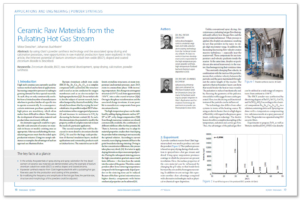
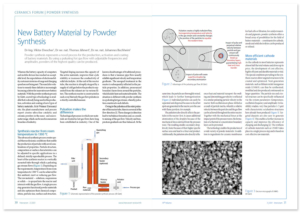
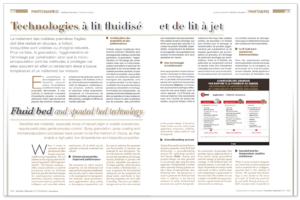
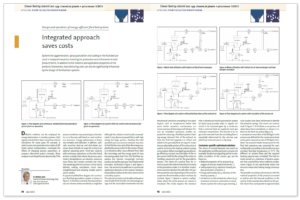
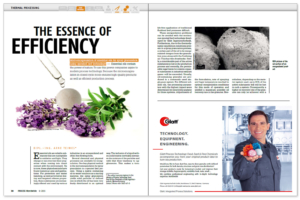
 Copyright: VDI
Copyright: VDI